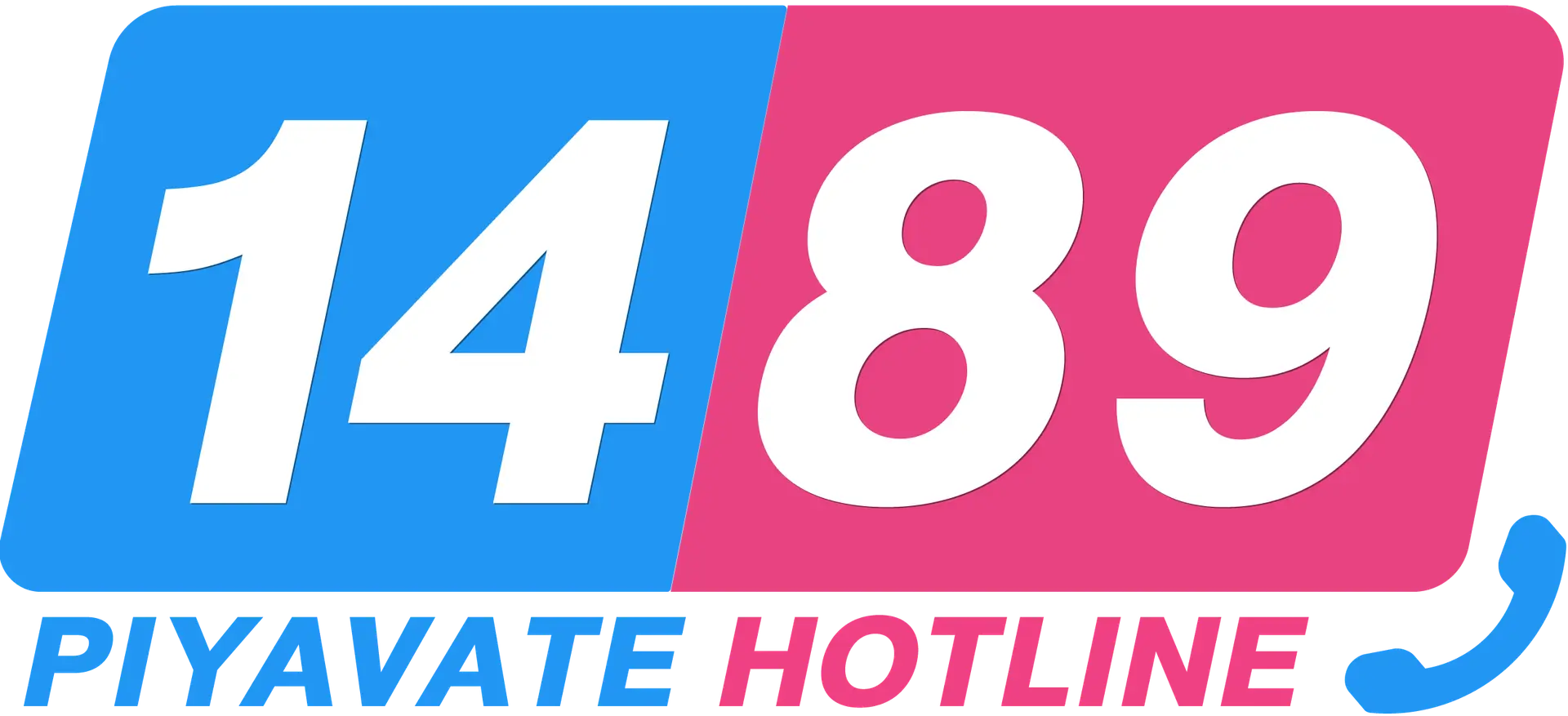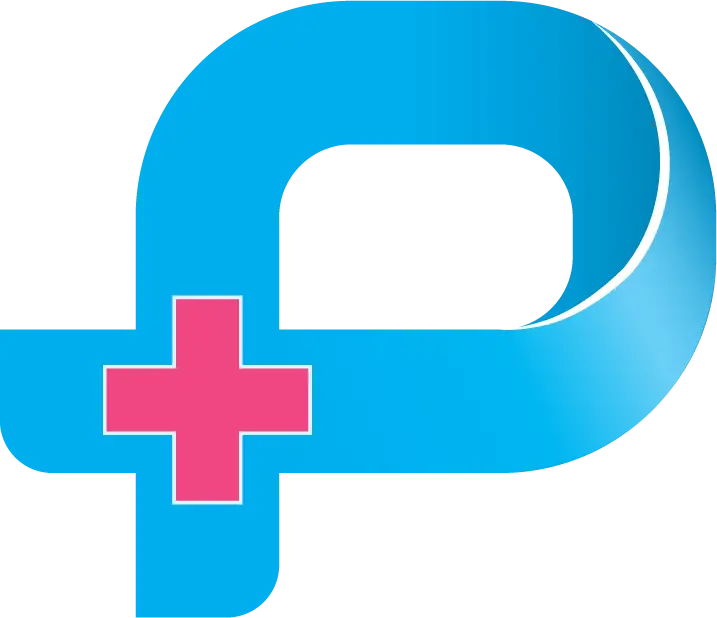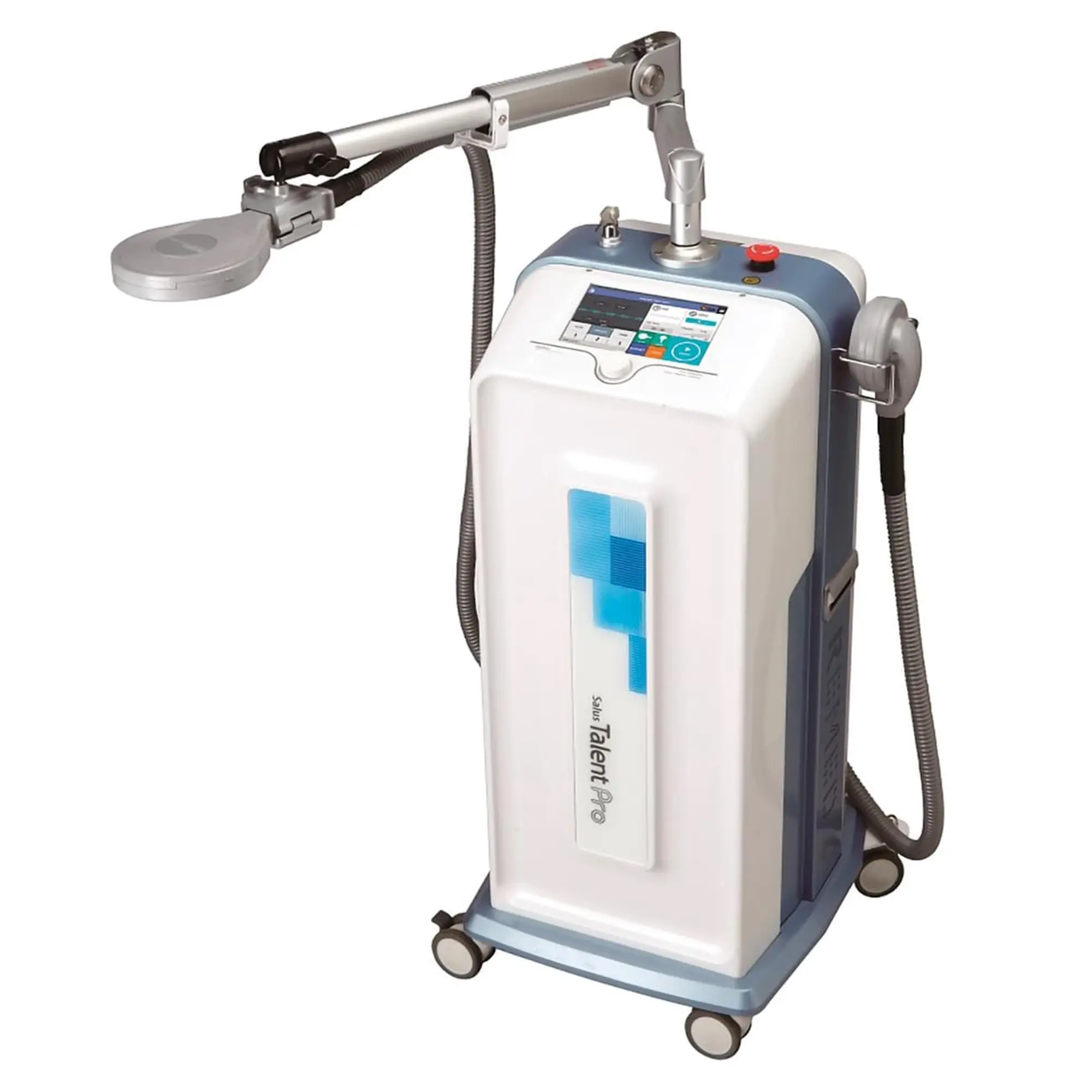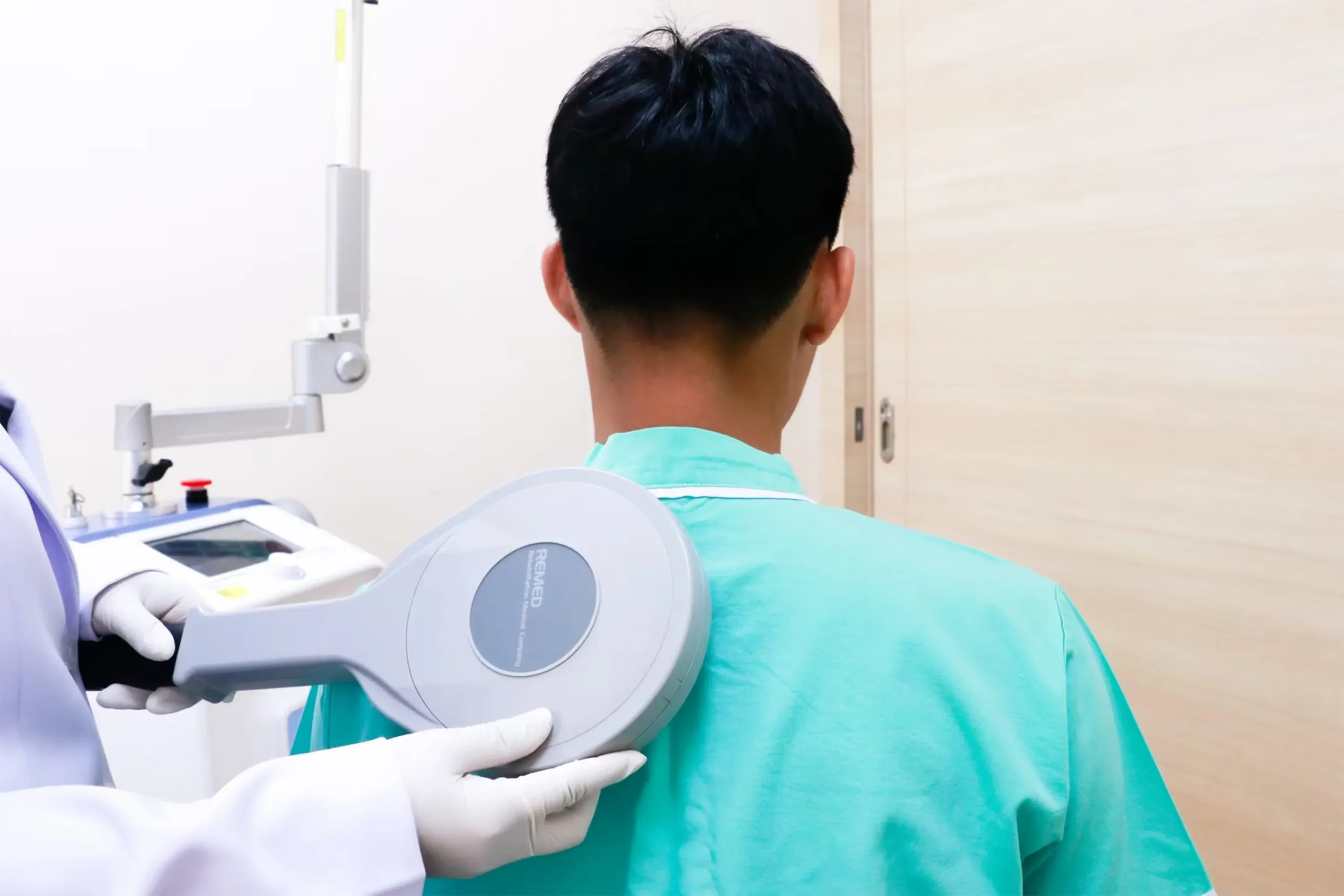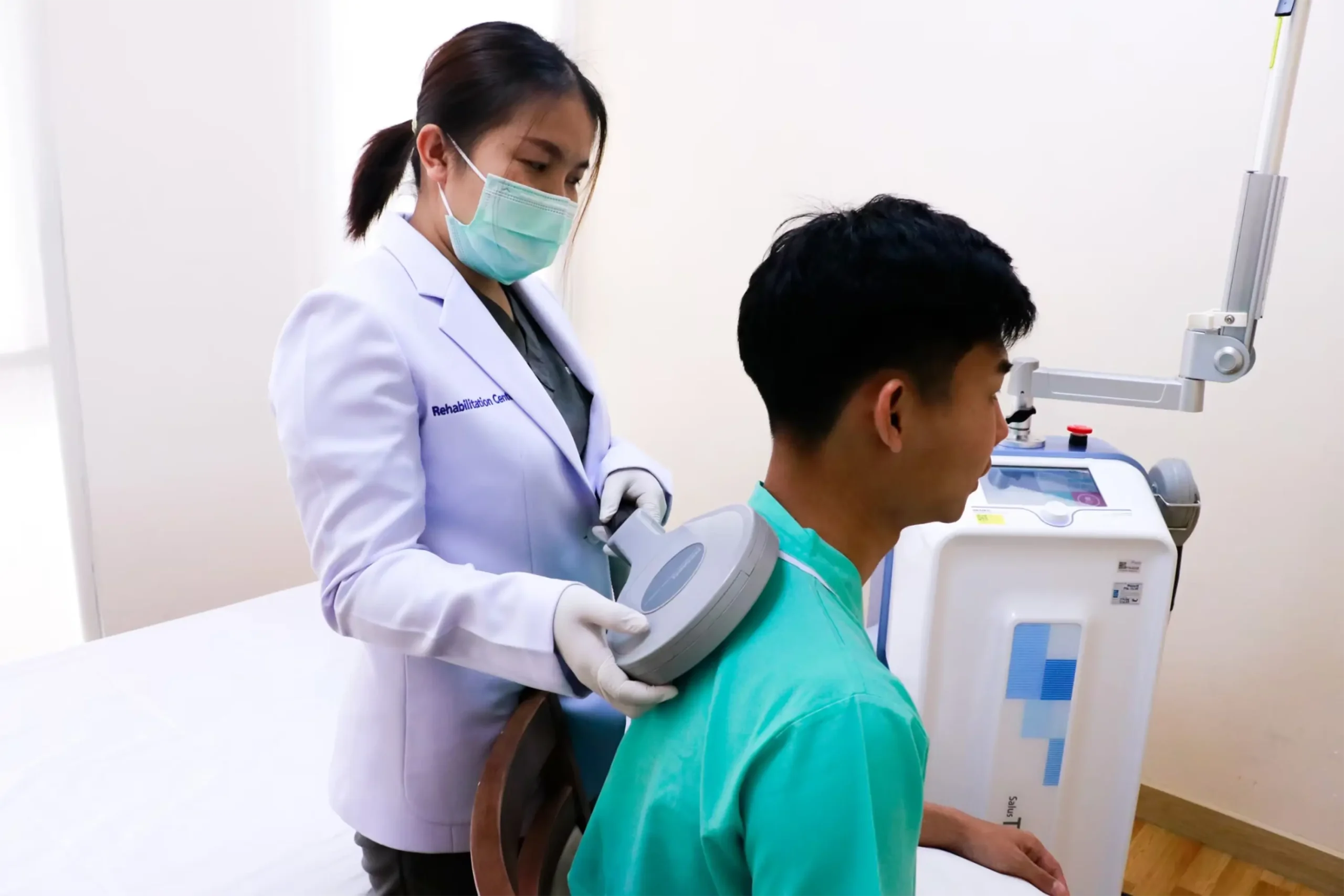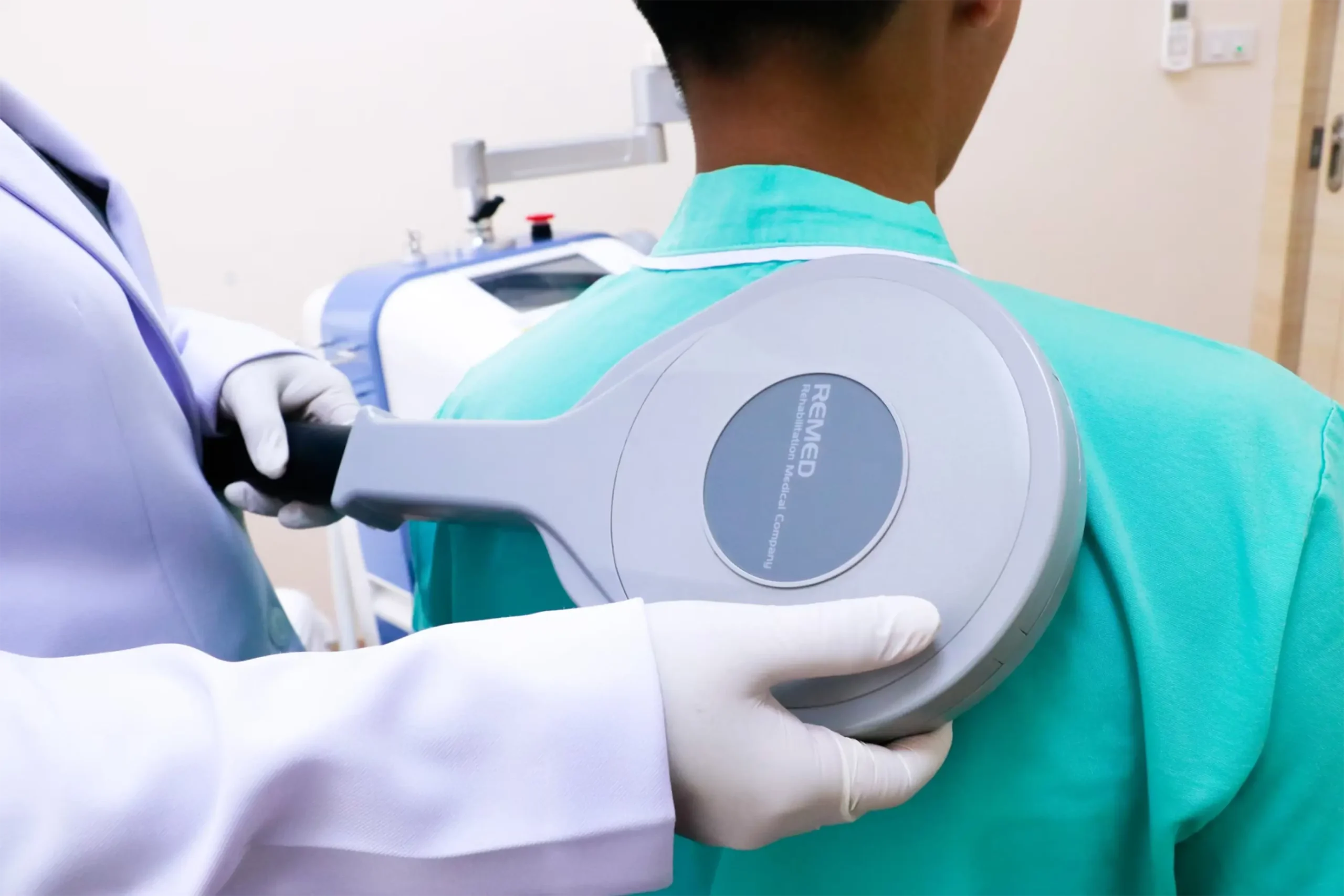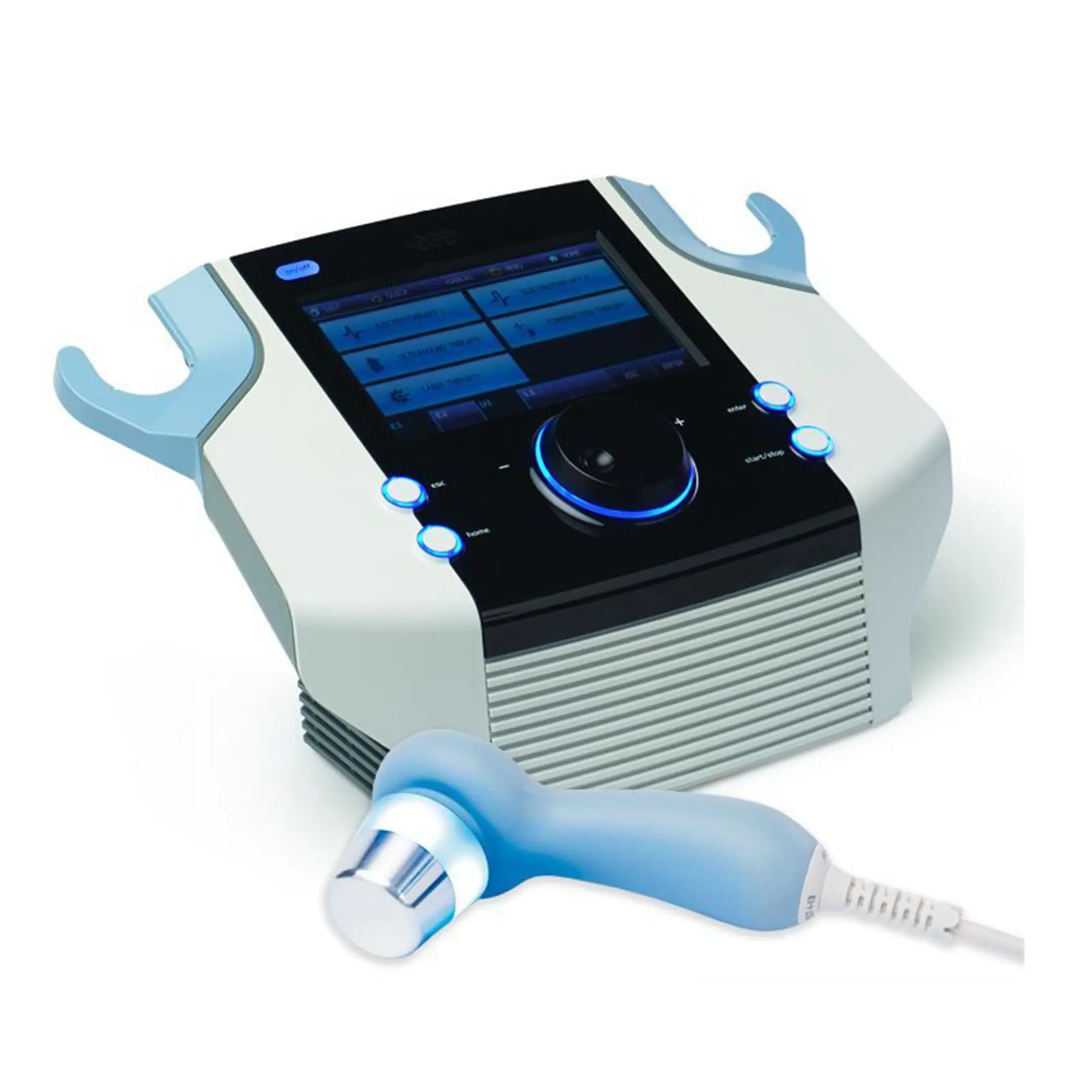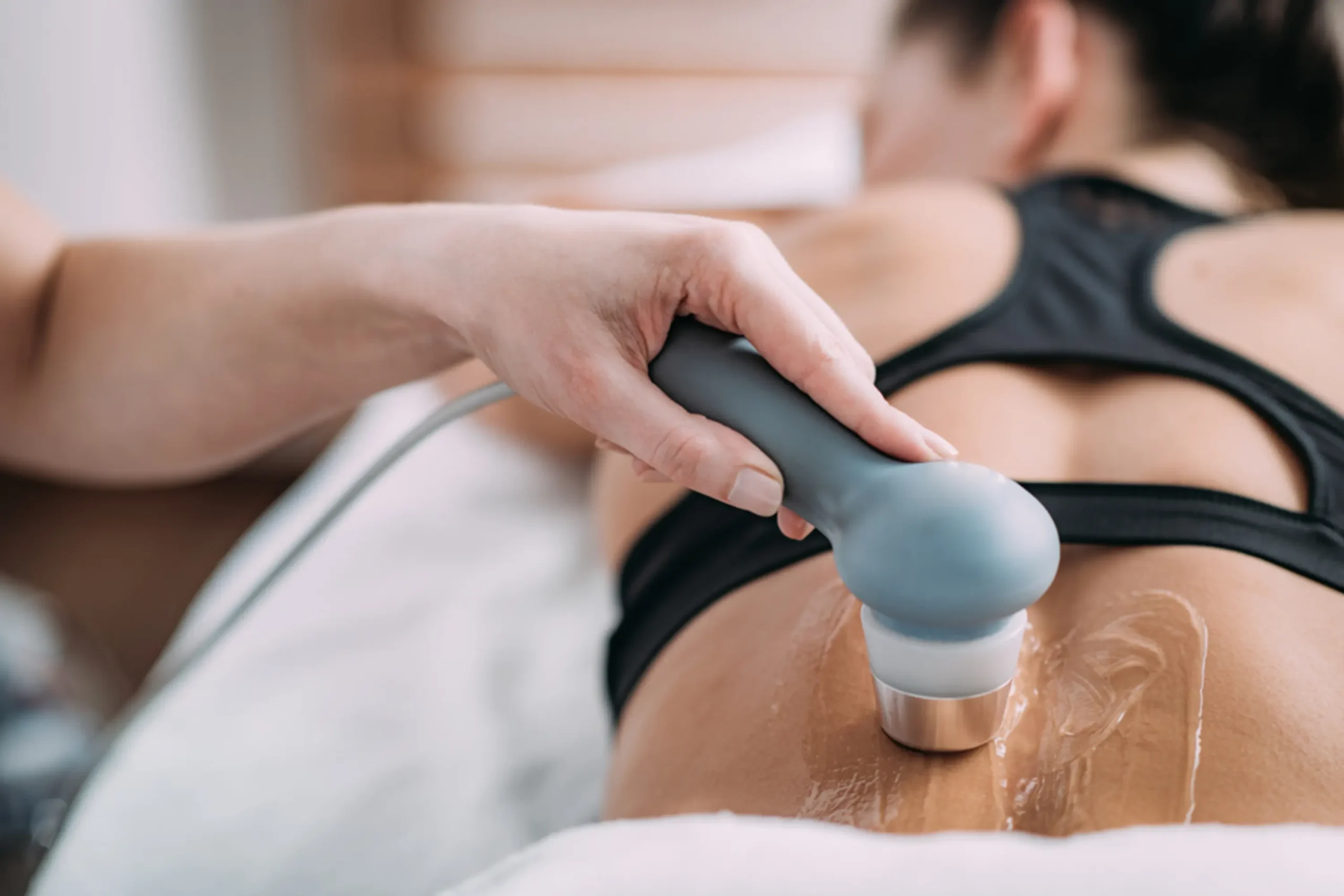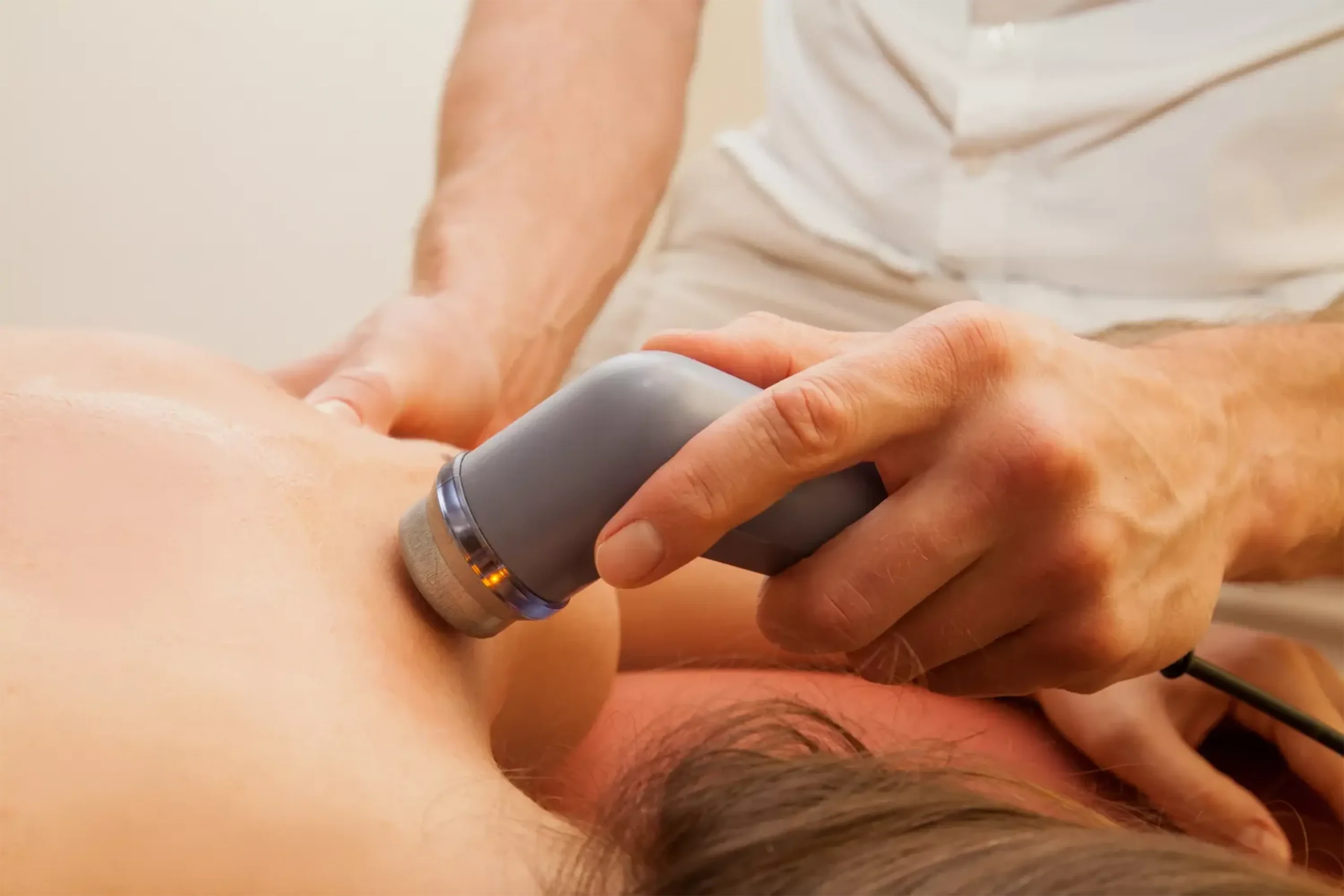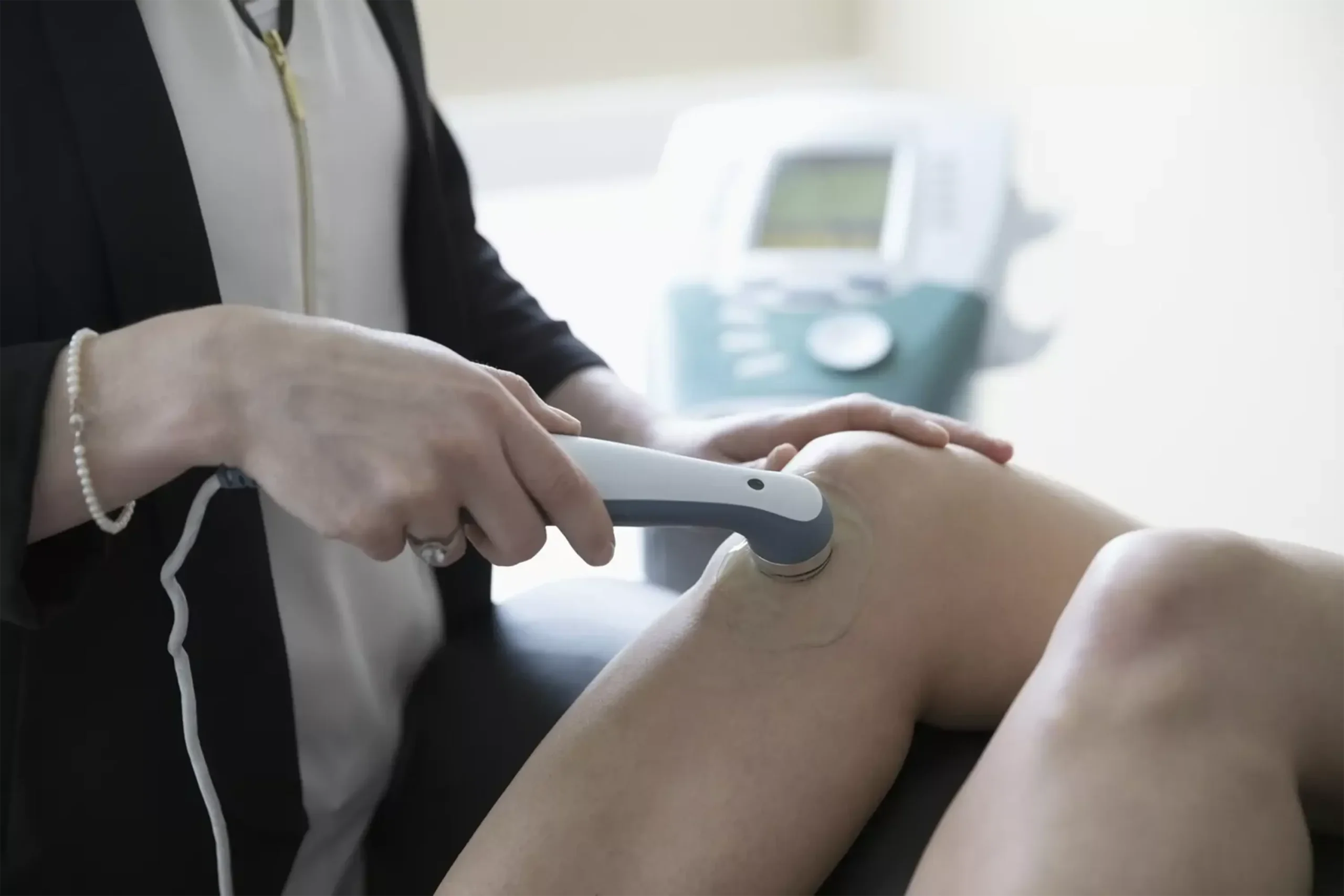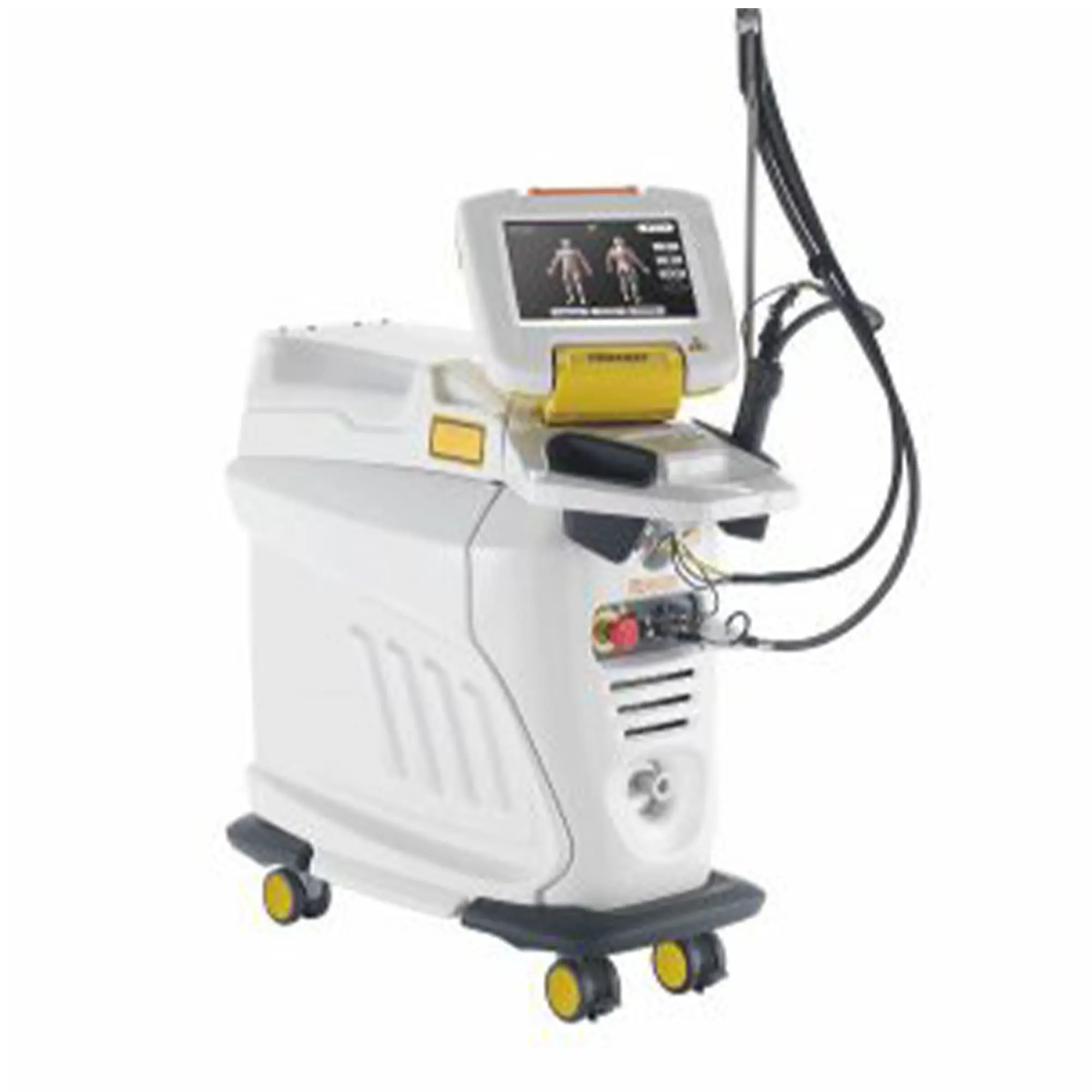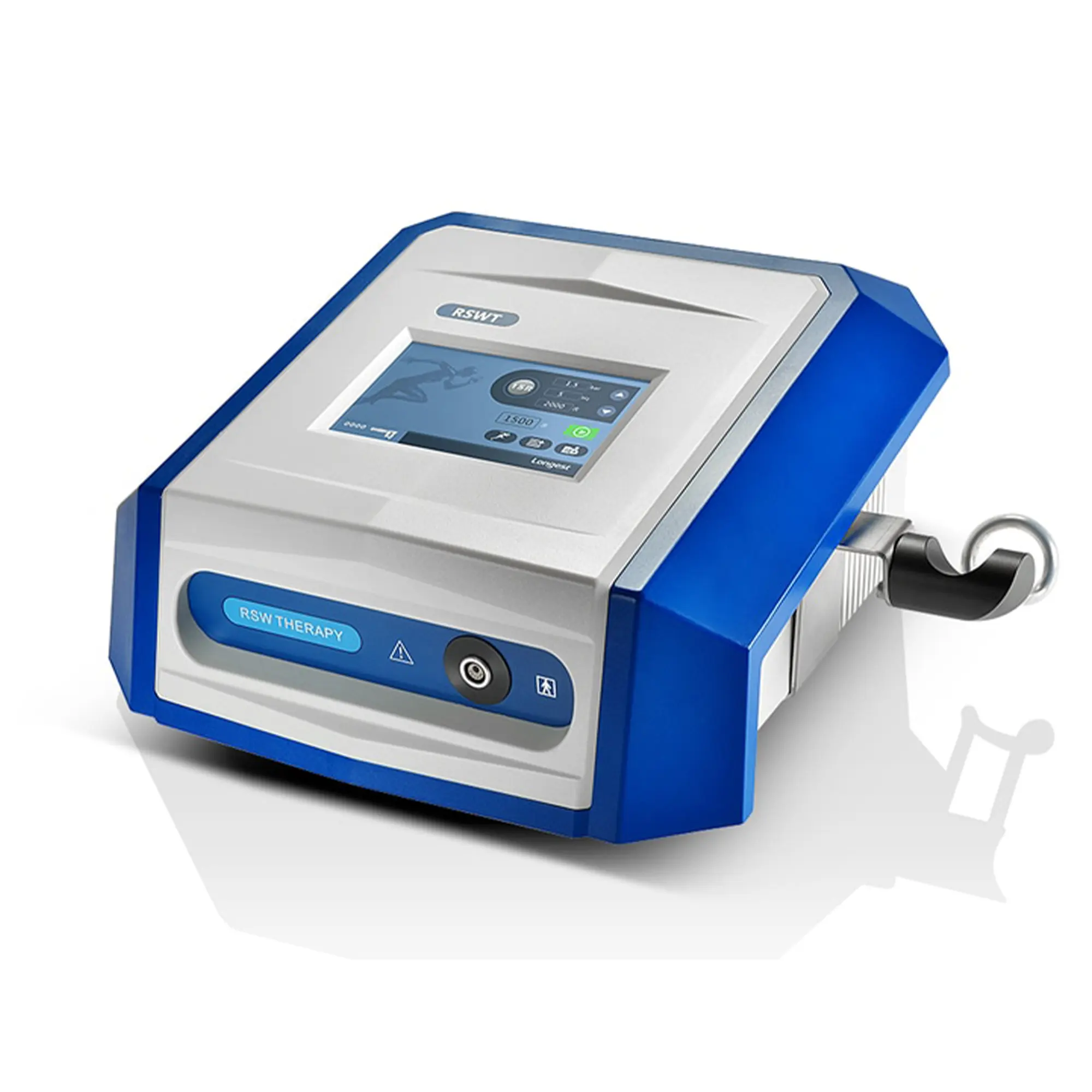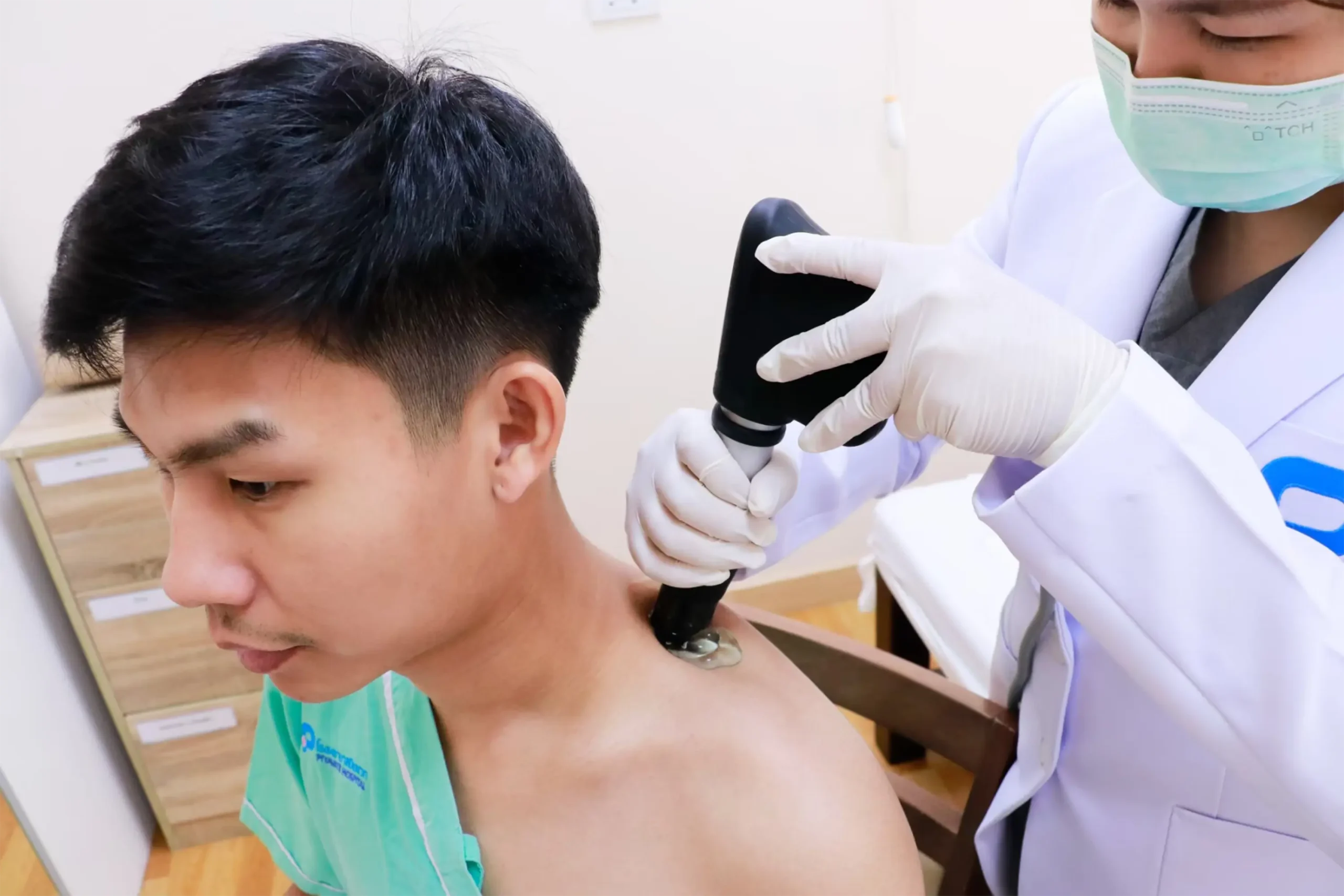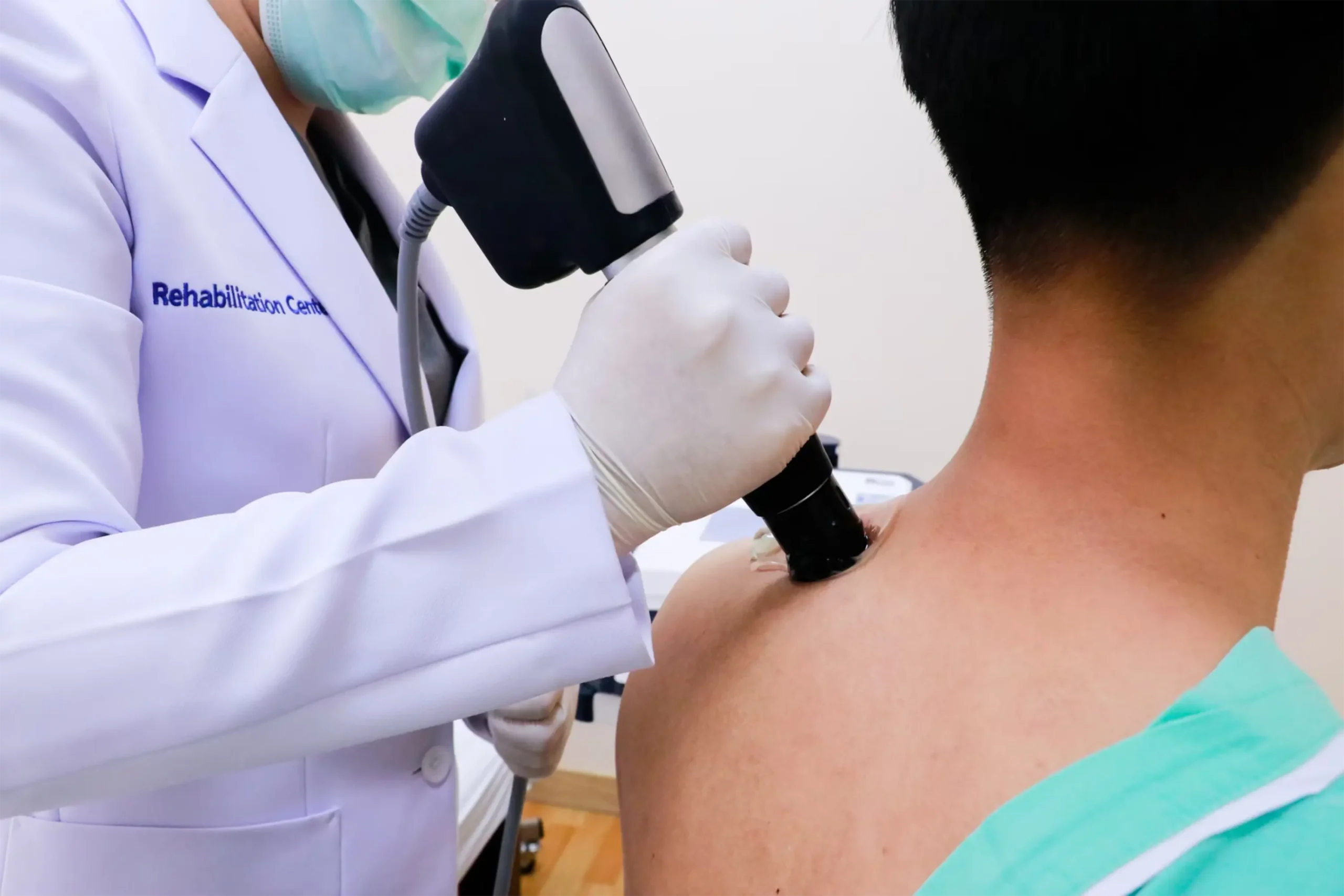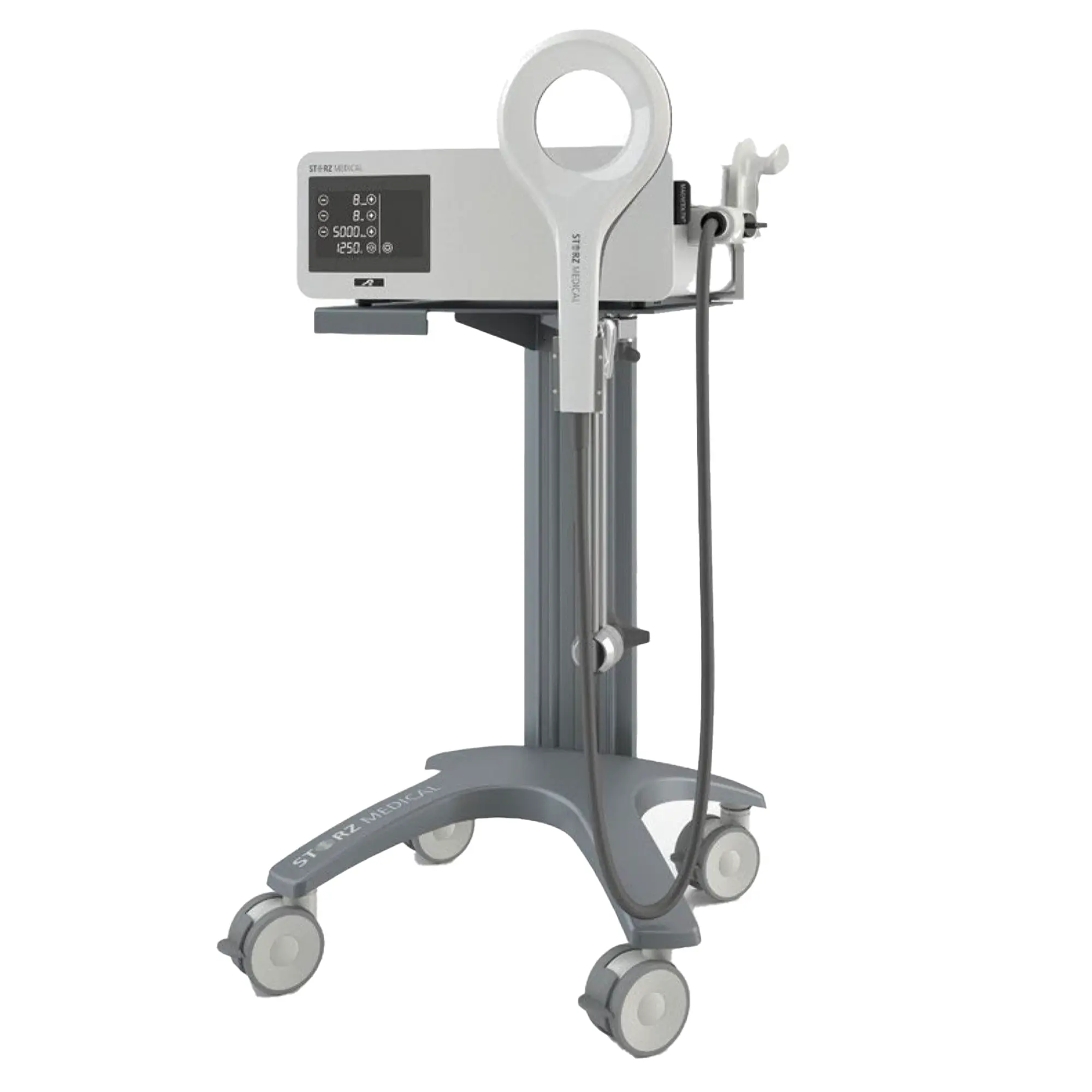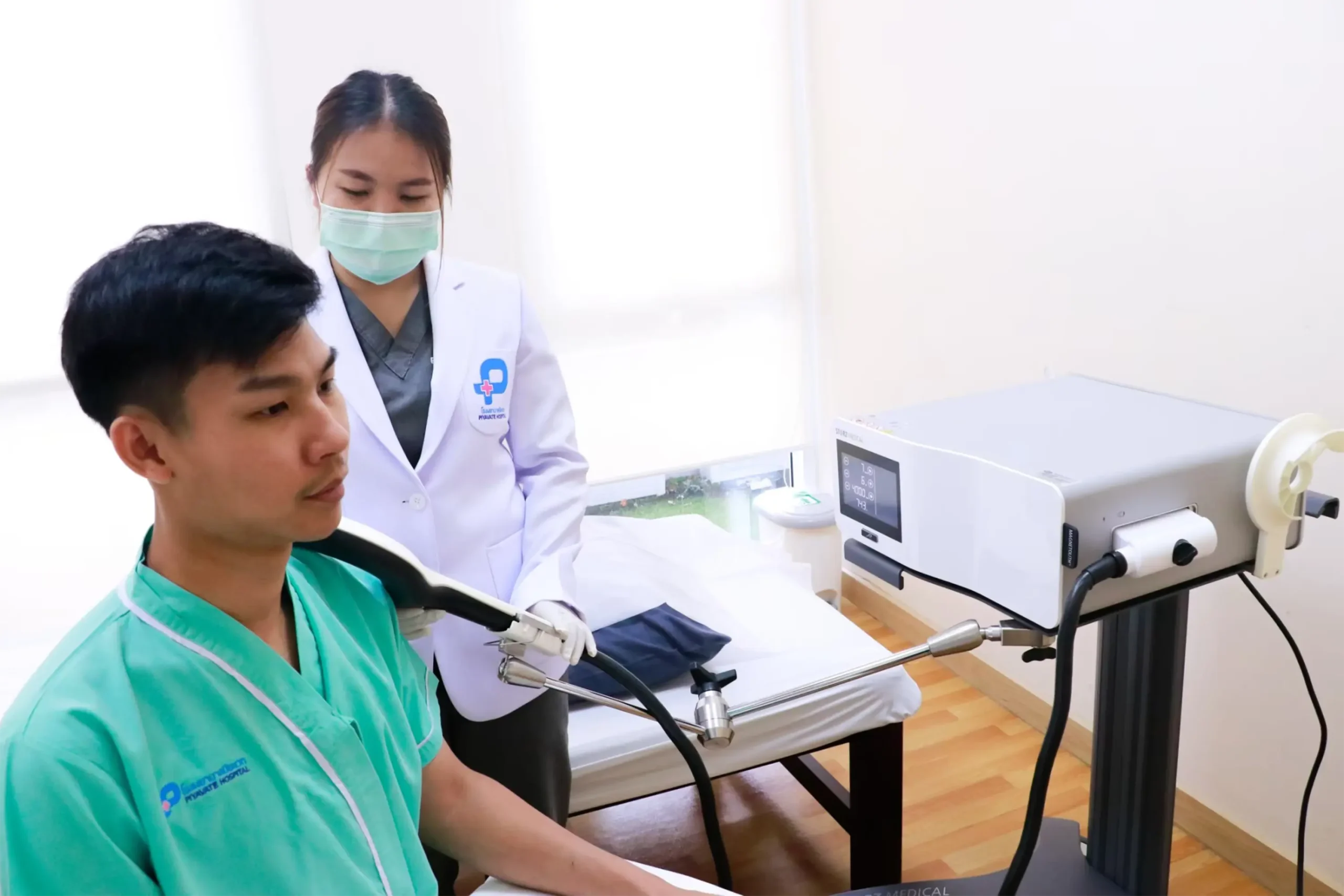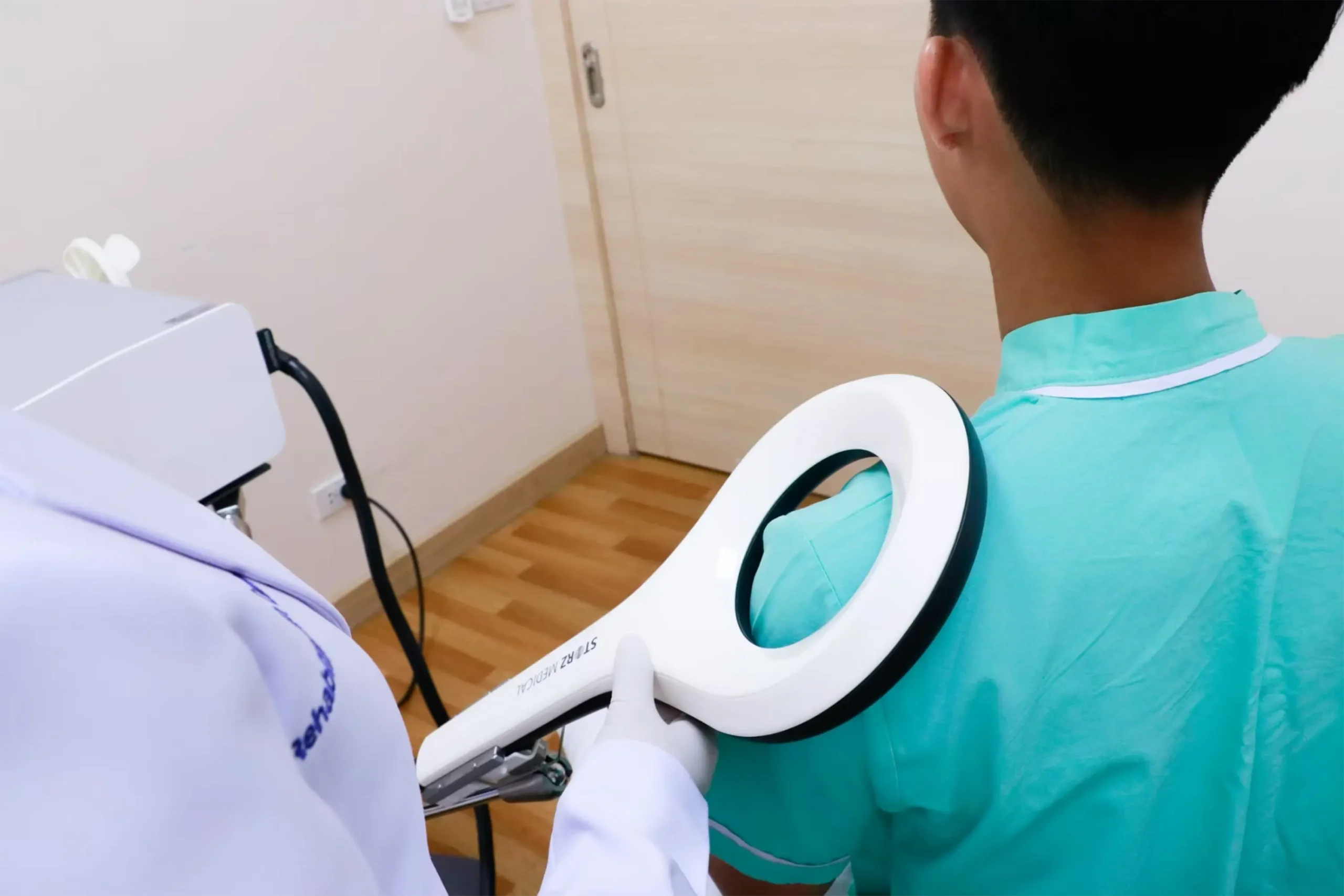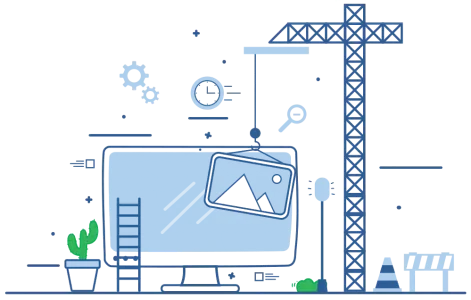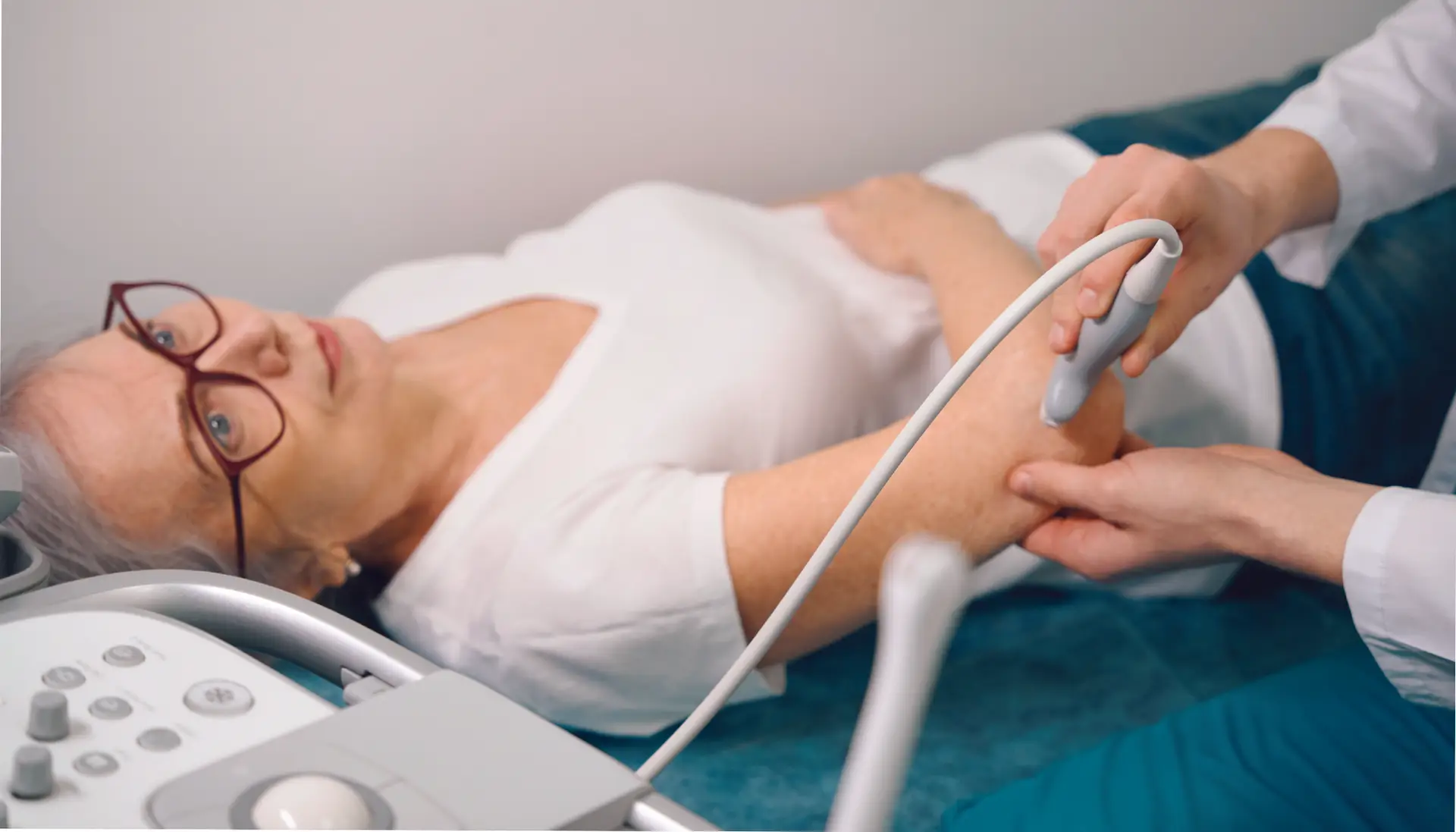- Rehabilitation and Physical Therapy Center
About Us
At the Rehabilitation and Physiotherapy Center, we provide private personalized care for both inpatients and outpatients. Our goal is to support recovery, restore mobility, and enhance overall well-being through modern techniques and specialized programs—helping you return to daily life with confidence and independence.
Our services cover a wide range of care, including:
Our services cover a wide range of care, including:
Treatment
- Acupuncture
- EMG/NCV testing
- TMS
Rehabilitation
- Orthopedic physical therapy program
- Neurological physical therapy program
- Physical therapy program for joint replacement
- Program for patients with swallowing difficulties
- Program for patients with hand function disorders
Health Promotion and Prevention
- Exercise program with ECG monitoring
- Balance training
- EECP program for cardiac function stimulation
- Rehabilitation and Physical Therapy Center
Our Rehabilitation Prorams
We provide specialized care for patients through personalized rehabilitation programs designed to address diverse health needs. Our focus is on delivering effective treatment and recovery solutions that restore function, enhance well-being, and support long-term independence.
Orthopedic Care
Conditions: Myofascial pain syndrome, low back pain, neck pain
Goals: Pain relief, walking training, movement restoration
Neurological Rehabilitation
Conditions: Stroke, spinal cord injury (SCI)
Goals: Reduce stiffness, improve mobility, balance training, walking rehabilitation
Cardiopulmonary Rehabilitation
Conditions: CAD, post-PCI/CABG, patients requiring cardiac rehab or EECP
Goals: Improve circulation, reduce fatigue, strengthen endurance, support daily activities
Sports Rehabilitation
Conditions: Rotator cuff injuries, knee injuries, ankle sprains
Goals: Pain relief, restore movement, improve flexibility, build muscle strength
Geriatric Rehabilitation
Focus: Flexibility, muscle strength, balance training, and greater resilience to support independence in older adults
- Rehabilitation and Physical Therapy Center
Cutting Edge Facilities & Technology
Equipped with state-of-the-art medical technology, we offer comprehensive rehabilitation services designed to enhance patient care and recovery outcomes.
At our facility, we utilize the latest technologies to deliver a wide range of therapies—from routine pain relief and relaxation to addressing more complex or chronic conditions.
At our facility, we utilize the latest technologies to deliver a wide range of therapies—from routine pain relief and relaxation to addressing more complex or chronic conditions.
Physiotherapy Overseas
At Piyavate Rehabilitation and Physiotherapy Center, we take pride in extending our expertise to Oman, bringing with us over 25 years of experience in advanced medical care. As part of Piyavate Hospital and the Bangkok Hospital Group, our center combines world-class rehabilitation technology with compassionate care. We are committed to helping patients regain strength, restore mobility, and improve quality of life through personalized treatment programs tailored to each individual’s needs.
For patients traveling to Oman who wish to continue their rehabilitation, the Rehabilitation and Physiotherapy Center is fully equipped to support your ongoing therapy.

